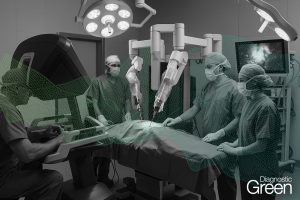Intracranial aneurysms, affecting 2%-5% of the population, pose a significant challenge to neurosurgeons due to their potential to cause subarachnoid haemorrhage and high mortality rates. Intraoperative angiography is necessary for effective surgical planning and indocyanine green video angiography (ICG-VA) has emerged as a useful tool for real-time visualization of aneurysmal blood flow, aiding in better planning for potential blood flow and detection of aneurysm remnants. This mini narrative review explores the application of ICG-VA in intracranial aneurysm surgery.
Compared with conventional dye-based angiography, ICG-VA is safer, more effective and more cost-effective. It can assess haemodynamic parameters, cerebral flow during temporary artery occlusion, completeness of clipping and patency of branch vessels. However, implementing ICG-VA in low- and middle-income countries presents challenges such as financial constraints, limited access to training and expertise, patient selection and consent issues.
Addressing these obstacles requires capacity-building, training programmes for neurosurgeons and multidisciplinary teams, technology transfer, equipment donations, public-private partnerships, continued research and development, reducing conventional dye usage, reducing ICG wastage, exploring mechanisms to reuse ICG dyes and advocating for increased government funding and healthcare budgets.




